


the Act
under
Population density pilot
Information
Released
Official
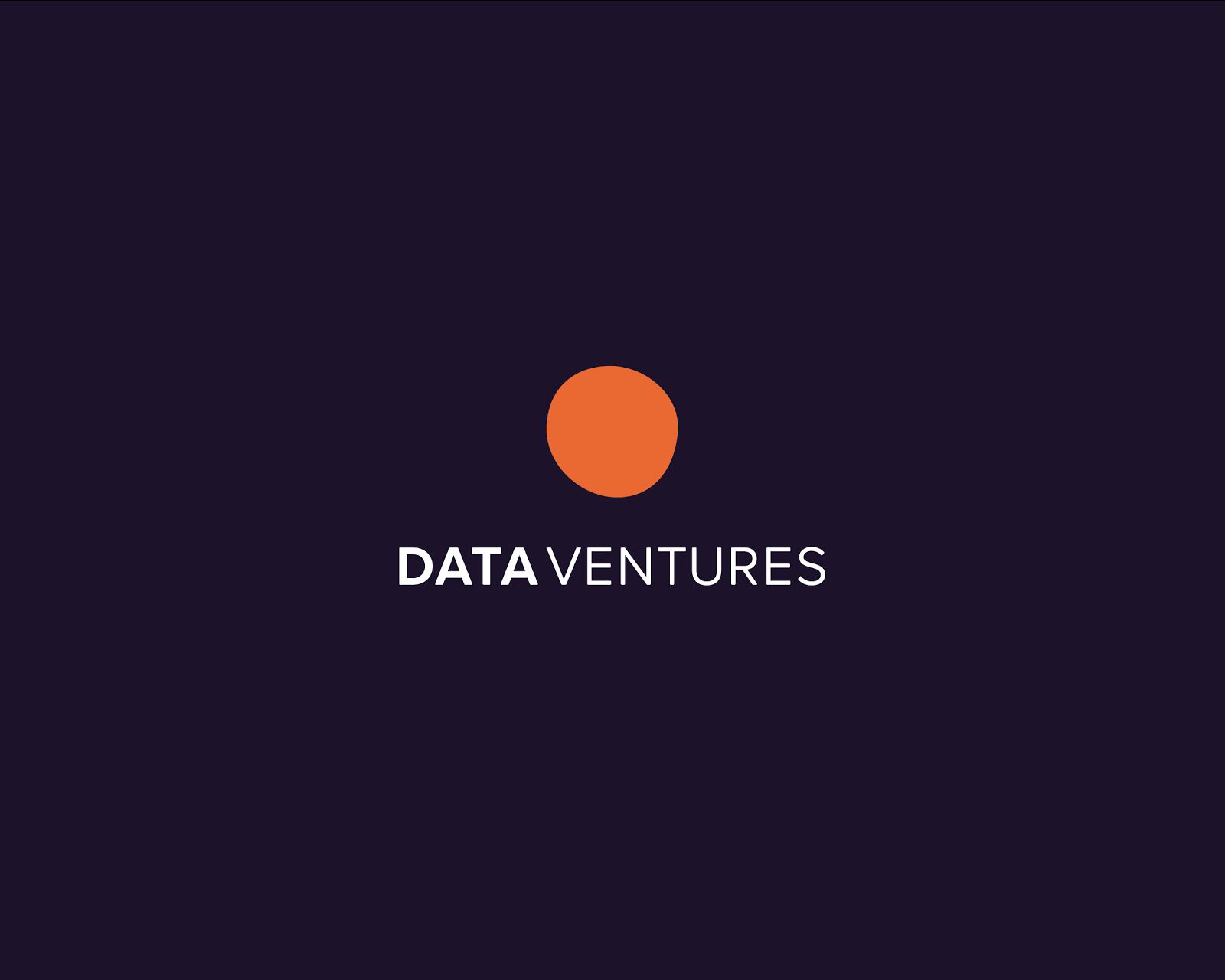

the
Together we will prove:
Act
●
the details of the commercial viability of a
population density product and the data
●
the quality of population density data inferred
from location estimates and Stats NZ population
under
The pilot
expertise
●
the high value use cases
We recommend up to a 6 month pilot to prove the
initial model, followed by further iterations of the
product and product roadmap informed by the
Information
learnings.
Released
Official
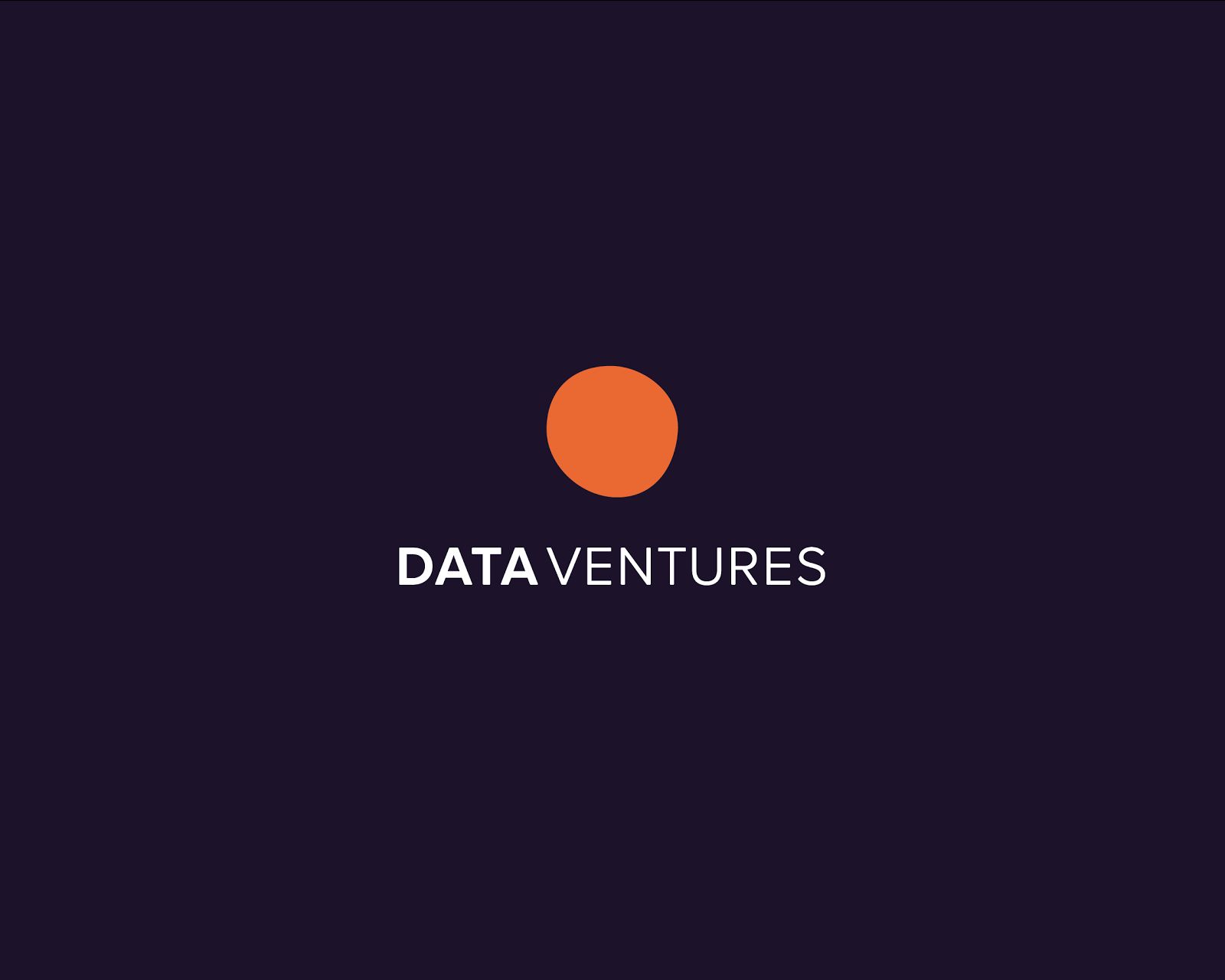

the Act
We will have worked with you to create a business case that
adds value to your organisation.
It will have answered what is the value of this product.
What the
under
For government, it’s about making better decisions for
pilot will
Aotearoa NZ.
answer?
For others, it’s about learning about their community and
optimising and growing revenue.
For all, it’s about creating clear public benefit in doing this.
Information
Released
Official


the Act
Over the last three months 12 government organisations
Who has
have provided validation and testing towards the
under
been
product being provided in this pilot.
involved
This pilot is the next step in developing a viable product
offering that will deliver value to the customers in that
so far?
group.
Information
Released
Official
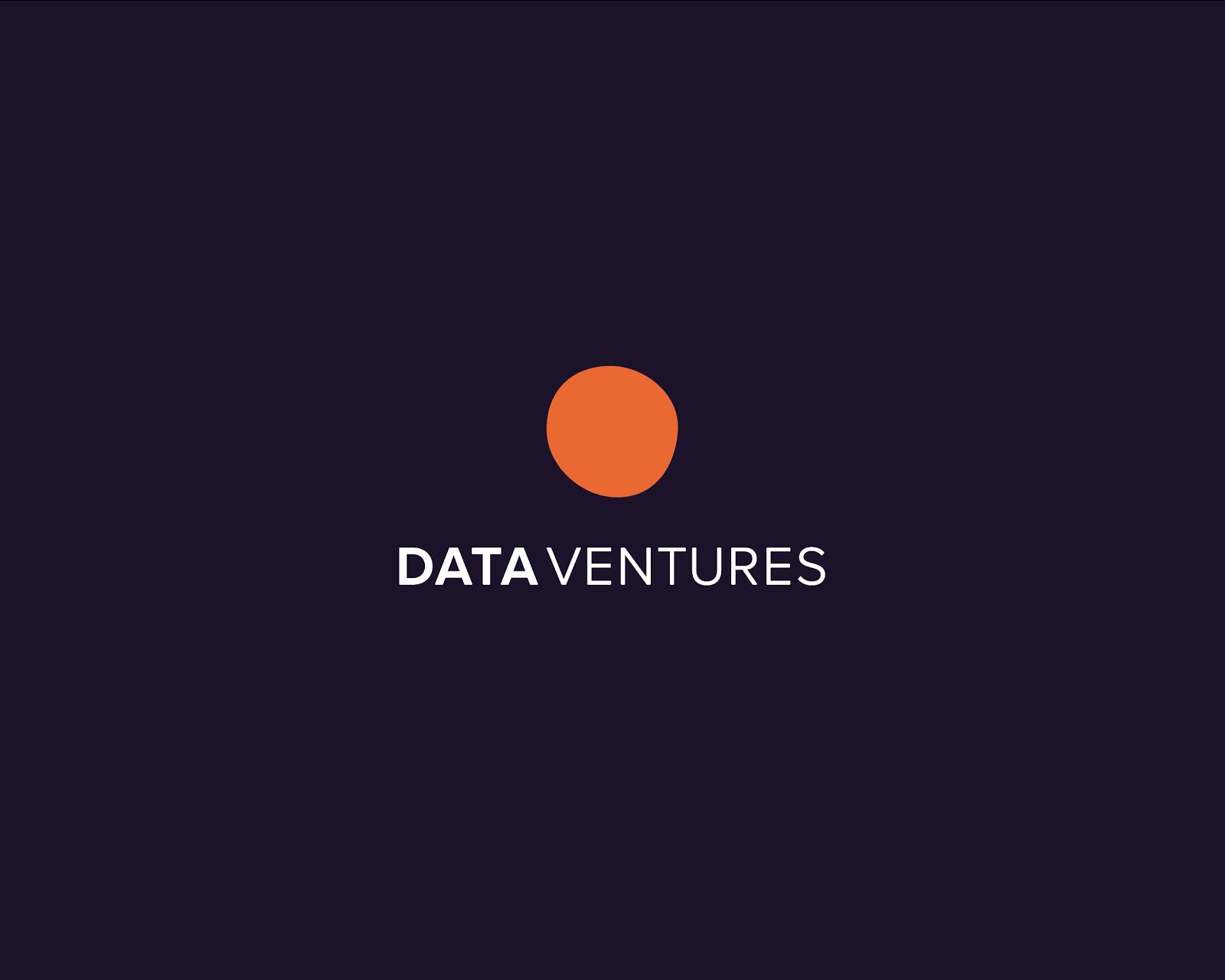

the Act
●
Access to data at a level of frequency and
resolution that is better than anything available on
the market
What are
under
●
The expertise of Stats NZ that improves the quality
the benefits
of the data so you don’t have to.
of the pilot?
●
Any privacy and confidentiality risks are managed
by Stats NZ expertise and reviewed by the Office of
the Privacy Commissioner
Information
●
Simplifying the government procurement process
Released
Official


the Act
We will agree on success criteria for a pilot, and we
expect them to be themed around:
What does
under
●
You develop at least one valuable workflow to
success
incorporate the data provided by us in the pilot
look like?
●
We reduce your costs relating to the acquisition
and processing/handling of data
Information
Released
Official


the
●
People from your legal, data/insights, financial and executive
Act
areas that will be appropriate for weekly progress meetings,
on-going agreement discussions, and authority to make
appropriate decisions. We are expecting this will require up to
40 hours a month of time across these areas of your
What is the
organisation.
under
commitment ● A workshop with relevant parties to understand the use cases
to build success criteria.
from you?
●
A commitment to work to build a business case to secure
funding for the 18/19 financial year if value is identified.
Information
●
A small upfront contribution to help cover some of the data
processing costs?
Released
Official


the Act
What to
Within 6 months we will have made a seamless
under
expect at
transition from testing viability of the product to a live
product in use by your organisation.
the end?
Information
Released
Official
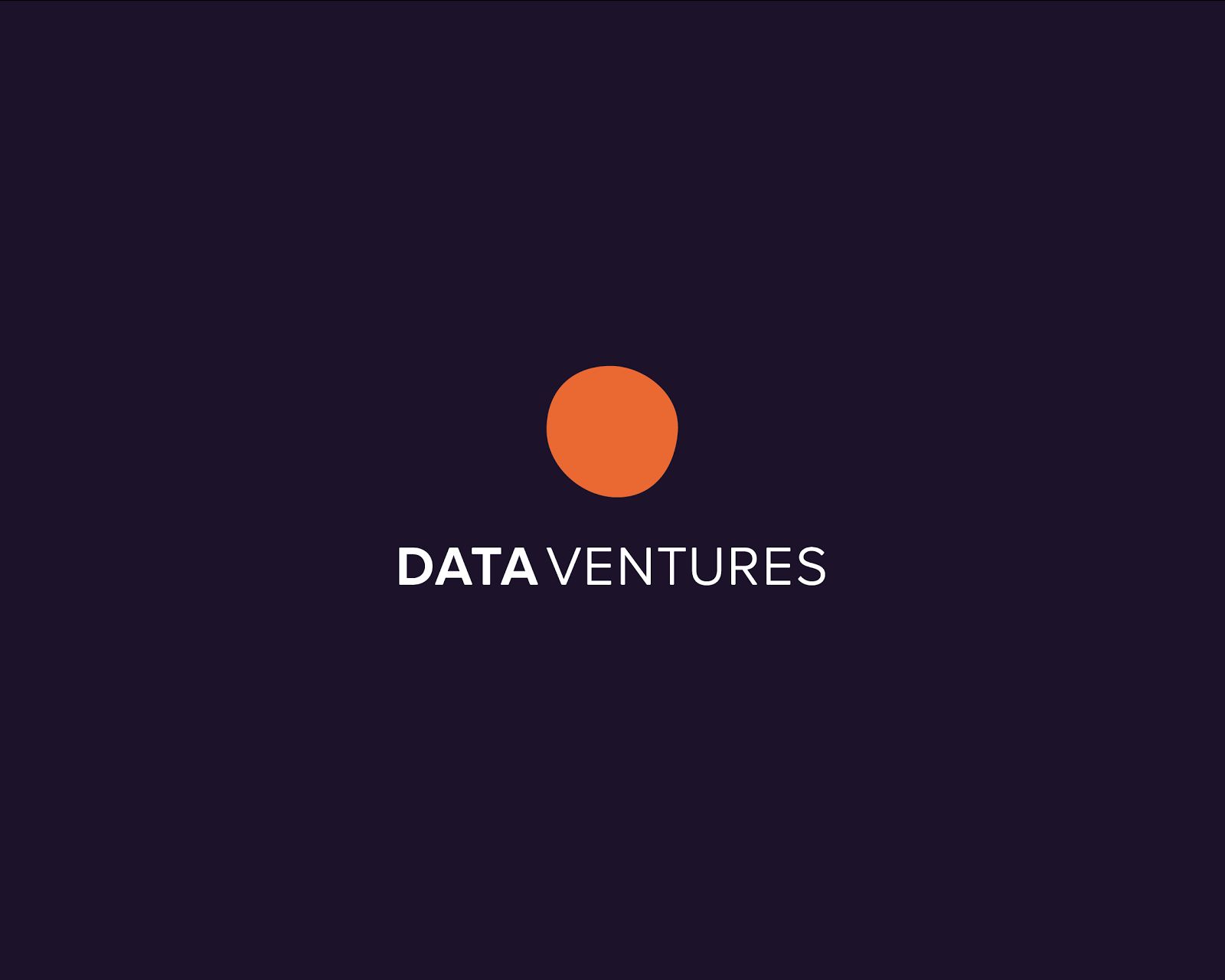

the Act
Next steps
under
Signing an MOU to go ahead with the pilot
and confirm the commitment of resources needed.
Information
Released
Official
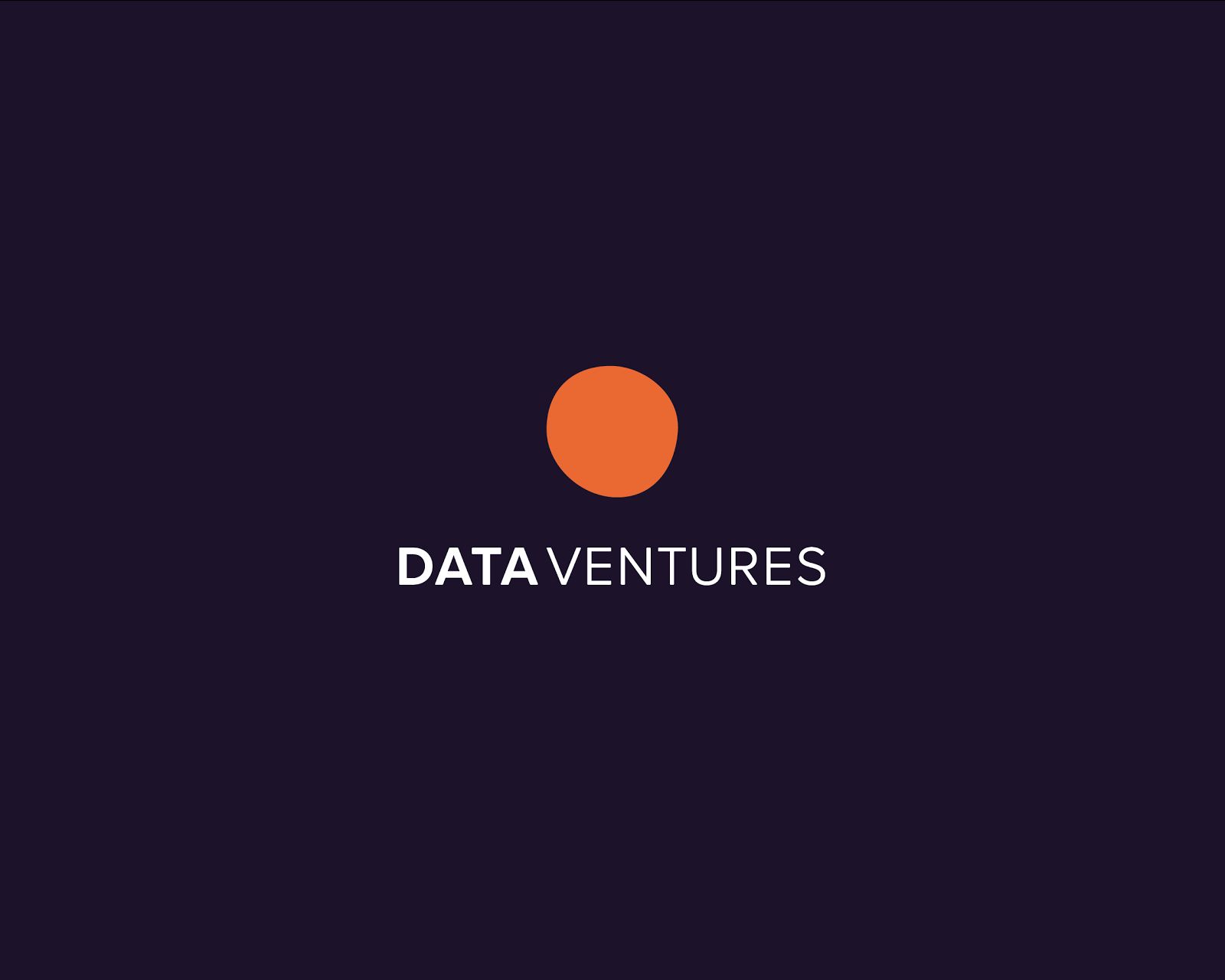


the Act
under
[email address] @dataventuresnz
https://medium.com/data-ventures
Information
Released
Official
Data Ventures pilot plan
Data Ventures is the commercial arm of Stats NZ. We are engaging with interested data
providers on opportunities to increase the value of their data and their supporting services and
functions by collaborating with Stats NZ and it’s unique position in the data ecosystem.
More specifically, Data Ventures adds value throughout your data product and service pipeline
and the content below will describe how we would collaborate with you to achieve this value
add.
the
Evaluation of your data
Data Ventures will work with you to understand your data and to
provide an evaluation of your data. This include audits on the
Act
quality of the data and understanding the variances, and what
actions could be done to improve quality.
Validating use cases
As a government organisation, Data Ventures has the trust to test
and validate the use cases with government agencies and crown
owned entities. We work to understand their end to end
processes and how the data can be used to support their goals.
under
Creating a suitable
As use cases are validated and specific needs are identified, we
offering to customers
work with you to identify where there are opportunities to create a
suitable offering. This may include applying specific models from
Stats NZ expertise to the data, or combining the data with other
data sources to improve the quality and fit of purpose.
Managing risks
Data Ventures will manage all the associated risk with the
product. This includes the privacy and confidentiality risk of the
data, and any external prespection risk. This is done through
statistical methodology expertise and data management expertise
within Stats NZ.
Information
Product to market
Data Venture’s being a government agency reduces the burden
and overheads associated with procurement with the
government. We also have better access to government
customers and their data needs/use cases due to the insights
Released
from other Stats NZ product offerings.
Ongoing product
Data ventures will provide ongoing management of the products
management
and act as a feedback source and lead generator for additional
products and services that fall outside the scope of Data
Ventures.
Official
Market analysis
Data Ventures will supply the value-added dataset back to you for
your own insights and analysis e.g. understanding your market
share.
Population Density
Version 1 Product Information
the
Act
under
Information
Released
Official
V0.3 - MVP Release for Pilot
1. Contents
Contents
2
Version Control
3
Product Team
3
Introduction
3
the
Target Customers
4
Act
Customer Use Cases
4
Customer Benefits
4
Features
5
Privacy Impact Assessment
5
Population Density From Mobile Data
6
under
Population Density stored in a database
6
API Connection
6
Web Interface
Error! Bookmark not defined.
Customer Interface
7
Searchable entities
7
Technical Environment
8
Information
Product Roadmap
8
Known Issues
8
Released
Official
V0.3 - MVP Release for Pilot
2. Version Control
Date
Details
Issued By Version
19 Oct 18 Initial strategy draft for internal approval
JM
0.1
7 Dec 18
Pre-Release Team Revision
JM
0.2
15 Feb 19 MVP Release for Pilot
JM
0.3
the
May 19
Population Density - Product Release
JM
1.0
Act
under
3. Product Team
Jamie Marshall
Product Owner
Robert Chiu
Business Development
Drew Broadley
Executive Director
Information
Holly He
Operations
4. Introduction
Released
Population Density is the first product from Data Ventures, where Stats NZ public data and
methodologies meet data from private companies, to make population insights which wil
allow customers to make informed decisions based on recent population data.
In this first iteration, the product will allow customers to query the population density
Official
database and provide aggregated data to customers at the National, Regional and Territorial
Local Authority levels through a web-hosted Application Programming Interface (API). Those
V0.3 - MVP Release for Pilot
customers that are unable to utilise the API will be able to use a web interface to query the
database then download the results through a web portal.
5. Target Customers
Population Density V1 wil be available only to Government Departments and Crown Entities,
including State-Owned Enterprises, Crown Research Institutes, Crown Financial Institutions,
Crown-owned entity companies and other Crown entity companies.
the
6. Customer Use Cases
Act
A number of government agencies have told us that there are problems they are trying to
solve where the data just isn’t available to help them answer questions to solve problems
effectively.
Some of the use cases that the agencies may have could be:
● What is the population change in a region from a Rugby test match?
under
● Is the infrastructure sufficient for peak population demands and how can we
distribute the load?
● Where do we put services after an emergency event?
● Where is a good place to put a new school?
● Is this suburb growing or shrinking?
● Where are the summer and winter hotspots and the impact of population on our
national parks?
The population data from the queries are then able to be used on its own or added to the
crown agencies own insights and data to assist in decision making.
Information
7. Customer Benefits
The Product Density V1 product will allow customers to have access to data that will allow
Released
them to make the best population-based insights for their department or business. This will
deliver the following benefits:
● Ability to search by day of the week allows identification of the effects of weekend
travel on population density to help determine the effect that population density
might have on residential areas or recreational facilities during non-work days.
Official
● Ability to search by hour of the day allows identification of the effects of commuting
on population density by seeing population density changes in a region during
working hours.
V0.3 - MVP Release for Pilot
● Ability to search by date allows the identification of the effects of specific events in the
area of interest on population density, such as public holidays, sporting and
entertainment events.
● Having the data sources updated regularly ensures that customers are making their
decisions with the most current information as population density may change over
time from population base information, such as the census.
● Having the data sources updated regularly allows customers to identify population
density trends overtime to ensure that infrastructure is being delivered to areas that
may require investment due to increasing population.
the
● Having the data sources updated regularly allows customers to isolate seasonal
changes on population density al owing customers to make business decisions
Act
around seasonal variations in population due to cropping, seasonal work and tourist
industry.
● Having the data updated regularly allows customers to respond to any time-sensitive
problems
8. Features
under
The features associated with Population Density V1 are created to allow ease of integration
into customers existing geospatial technologies through the development of a web-hosted
API. Those customers without geospatial technologies need to be able to acquire and
visualise the data through a graphical user interface (GUI).
8.1. Privacy Impact Assessment
The privacy impact assessment was undertaken by an independent third party, Info by
Design. The key conclusion point from the Assessment is:
Information
“There are no identified privacy risks to the proposed Population Density product. Data
Ventures is not collecting or using personal information as it is defined in the Privacy Act
and this analysis of Data Ventures’ proposed processes show that it is following best
practice information management and the OPC’s data and analytics principles.”
Released
The Office reviewed the Privacy Impact Assessment and a corresponding application
for the Privacy Trust Mark. The office stated that:
“Population Density, therefore, is complying with its obligations under the Privacy Act by
not collecting personal information where it is unnecessary”
Official
V0.3 - MVP Release for Pilot
The Privacy Trust Mark was not granted as the Population Density product does not
col ect any personal information or allow individuals to re-identified through the
product or contributing data.
8.2. Population Density From Mobile Data
The aggregated data from the individual telcos are stored in separate bins in the AWS
environment. These datasets are then aggregated further into a single dataset where
Stats NZ statistical methods and demographics will take the aggregated location
the
information and make this an indicator of the population in a geographical area.
The population density wil be a count of indicated population per geographic area. Act
The population counts will be by hourly slices, days of the week and dates. Over
longer periods of time, hourly resolution of population estimates may be too granular,
so summarised results at a daily, weekly, monthly or seasonal resolution will be made
available to customers.
under
8.3. Population Density stored in a database
The aggregated Population Density will be stored in a database in a secure cloud-
hosted environment. The database format is to be determined by the developer but is
expected to be a natively hosted by the web hosting service.
8.4. API Connection
The predominant connection to the database is to be by way of an API. The API wil
detail all of the supported queries and outputs from the database.
Information
The API is to be documented and made available publicly as part of the sales and
marketing package to allow customers to fully evaluate the product before purchase.
The language of the API is GraphQL. Details of the API can be found here:
Released
https://graphql.org/
8.4.1. API Documentation/Schema
The GraphQL is a self-documenting API language
Official
V0.3 - MVP Release for Pilot
8.5. Web Interface
8.5.1. Customer Interface
As there are a number of customers without the ability to implement API
based interface to the database there is a requirement for a customer
accessible web-based graphical user interface (GUI).
This GUI shall be accessible from the web browsers that are currently
supported by the customers. Due to the environments being implemented by
the
customer information technology departments, these may not be the latest
version of web browsers.
Act
The GUI shall include user and company authentication.
The GUI will present a graphical query/filter interface that allows the user to:
● Select the searchable entities to be used in the query
● Free searches are not available
● Return a table with the population count by area of interest
under
● The results can be downloaded as a comma-separated text file (CSV).
● The results shall be in accordance with the customer data dictionary
8.6. Searchable entities
The following searchable parameters will be available through the API and Web
Interface.
● Search by date and time
Information
Web Interface: Customers will be able to search the hour of the day and the
date in NZDT or NZST. This will have potential risks because this is different
from the API standard but the Web Interface and the outputs are designed to
be human consumable. This means that there could be some inconsistencies
Released
on the days where daylight savings starts or ends. The table wil return the
date and time in either NZDT OR NZST, depending on the date.
API: API will accept and return the UTC DATE AND TIME
● Filter Results by location
Official
Web Interface: Results can be filtered by either Territorial Local Authority or
Region. If either a TLA or Region is selected the table wil only contain those
area units within the selected boundary.
V0.3 - MVP Release for Pilot
API: API will accept TLA or regional filters and return results from area units
within the selected boundary.
8.7. Technical Environment
The product wil be hosted on the Amazon Web Service, including the database,
administration and interfaces.
Security and privacy of the data, user administration is to be factored into the
deployment of the product.
the Act
9. Product Roadmap
Population Density V1 wil be improved upon by adding additional datasets in the future to
increase the certainty of the confidence in the indications of population density.
Population Density V1 and subsequent versions will also be a base dataset for future products,
such as identifying travel patterns.
under
10. Known Issues
No known issues with the product at this time.
Information
Released
Official
V0.3 - MVP Release for Pilot

8/12/2019
population_density_mobile_data_definition_v3 - Google Docs
Pilot: Mobile Location Data
Definition
What data do we need for the pilot using 13 months of national data?
We need two sets of data:
the
Act
1. Device Counts: A per hour, per cell towers , device count across a day of 13 months from ,
broken down to hourly.
2. Cell Coverage Data (and historic covering the 13 months): data for telecommunications
companies coverage including cell tower locations across all frequency bands for New
Zealand. This would usually be three layers, one for 2G, 3G and 4G, a normalised layer of all
three is fine too.
Specifications for Device Counts:
under
Area:
National
Time period: Hourly intervals from 12:00am 01/02/2019 through to 11:59pm 28/02/2019
Data:
Date/Time (hourly), Cell Tower ID, Cell Join (Coverage), MSISDNS (counts of device
numbers per sector/coverage area)
Note: We have used the column names provided as per the calibration data.
Definition of a “count” is based on the first activity a device has in the hour period by cell tower/sector.
Information
The specifications are based on the output from the Feb 1st calibration data.
The Data will contain the following fields:
Date-Time
Cell Name
Cell Join
Missions
Released
(hourly intervals)
(Cell Tower
(Mobile coverage
(Mobile device
name)site
area ID)Number of number count)
ID/coverage look
mobile devices
up ID Statistical
(count)
Area 2 (suburb)
Official
This can be provided as a CSV, or any other format that works for you.
https://docs.google.com/document/d/15CJy9Z3phC1Ioh1DAsAPRgigno5AXas9kPCGe4nLeVI/edit#heading=h.bwyt0bvsh5h
1/2
8/12/2019
population_density_mobile_data_definition_v3 - Google Docs
Specifications for Cell Coverage Data:
Furthermore, the geographical boundary of each cell towers coverage, per band if easier, so that we
can spatially relate the coverage to statistical boundaries.
These can be in any supported format but should contain a reference to the cell tower id to attach the
device counts and date/time to. Preferences are for ESRI compatible SHP files with associated DB
fields for each coverage area.
What happens during the pilot?
the
We develop a model that combines all telco data sets into a single view of population across 13
Act
months.
As part of that we also convert device numbers to population counts using the Stats NZ IP around
surveys and other respondent data in different areas of NZ.
Through this we may have some questions around the data.
under
This is the first effort to get a baseline count, to which next we can work with you to define Local,
Domestic and International profiles of devices for ours and your use.
What data is required beyond the 13 months for the pilot?
On the successful completion of this phase of the pilots’ data, we are looking into how we could
segment data down to international, domestic and local population. We will discuss this as another
phase of the pilot, as we first need industry parties (including the Office of the Privacy Commissioner)
involved to workshop definitions of what is local, domestic and international population.
Information
This will happen before we understand what is required around any data.
Questions?
Released
Contact Robert Chiu @ Data Ventures - [email address]
Official
https://docs.google.com/document/d/15CJy9Z3phC1Ioh1DAsAPRgigno5AXas9kPCGe4nLeVI/edit#heading=h.bwyt0bvsh5h
2/2
Population Density Data Dictionary
Date
2019-03-05
Version
1.10
Name
Type
Description
the
Date/Time From YYYY-MM-DD HH:MM:SS
This specifies the date that the data attributes from (start of the range). Ranges can be as small as one hour, and as large as 365 days.
Date/Time To
YYYY-MM-DD HH:MM:SS
This specifies the date that the data attributes to (end of the range). Ranges can be as small as one hour, and as large as 365 days.
Act
Statistical Area 2 String
This specifies the geographical boundaries the data represents e.g. [Penrose] or [Ponsonby East]. We use the official Stats NZ definition of
an Statistical Area 2, which is as follows: Statistical Area 2s are aggregations of meshblocks. They are non–administrative areas that are in
between meshblocks and territorial authorities in size. Statistical Area 2s must either define or aggregate to define, regional councils,
territorial authorities and urban areas.
Count
Integer
This represents the total number of people our models have calculated to be within the attributed time and place e.g. 9,632.
Notes
under
To anticipate a likely question about people being in more than one location at once, our models calculated population counts based on aggregated data of the first unique counts within the time period. In other words, if there was 2 data points, one at 1:15 and one at 1:45, only the 1:15 data would be used when aggregating the counts up to the hour.
Future data dictionary might be expanded to other common date filters e.g. day of the week (Tuesdays), week of the year (Week 14), seasons, months,
and years.
We will look to add other geographical boundaries such as regional councils, territorial authorities, Statistical Areas 1 and 2 in the future.
For a visual representation here is the New Zealand Statistical Area 2s visualised on a map: https://datafinder.stats.govt.nz/layer/92212-statistical-area-2-
2018-generalised/
Delimiters - NOT space : / or -
File Formats - I'm guessing CSV?
Information
Released
Official
Document Outline






















